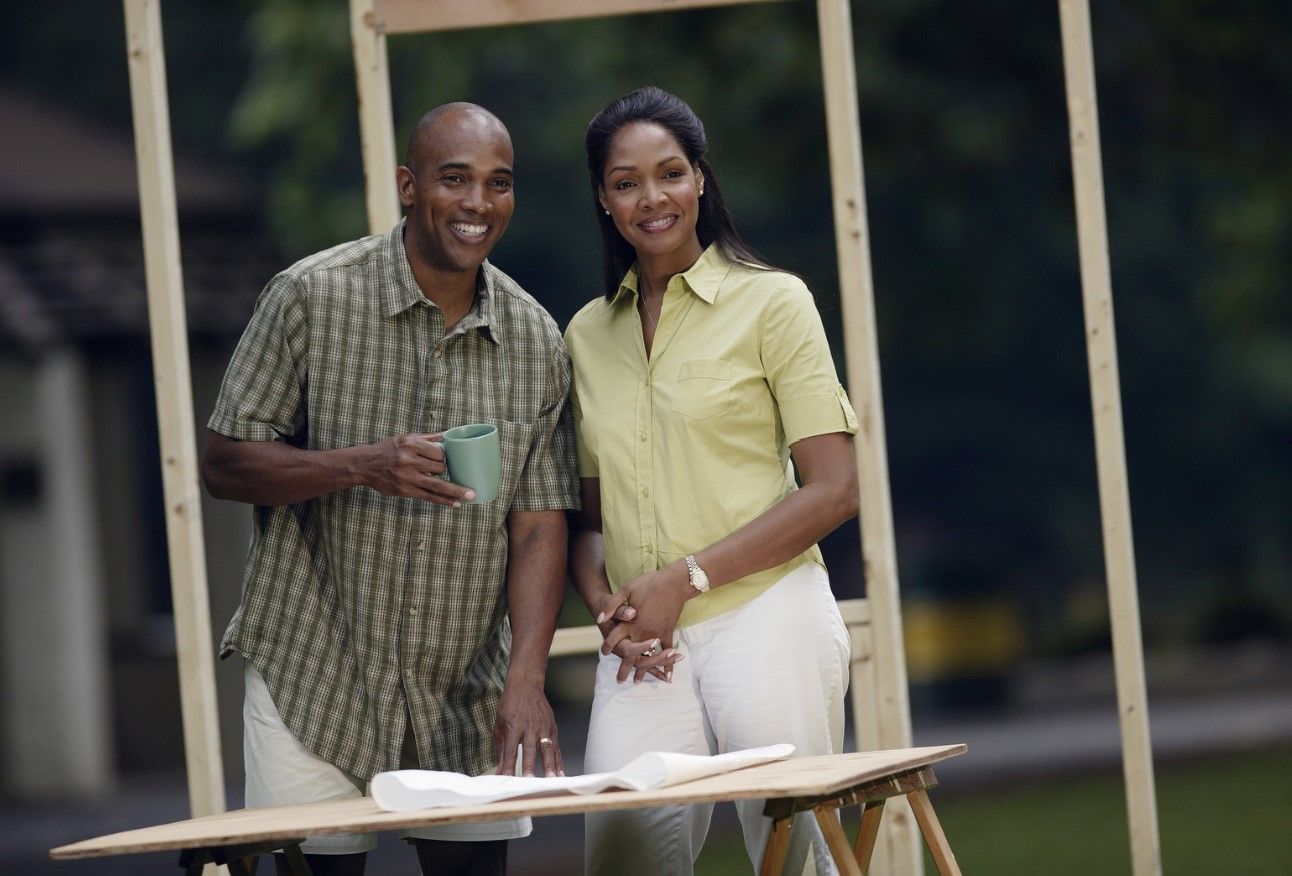What Rising Insurance Costs Mean for Home Values
In recent years, homeowners across the U.S. have been facing a growing concern: rising insurance premiums.

Today we begin the first of our six part series on "Building Your Dream Home". Part 1 tackles the 'build vs. buy decision'. Over the next 12 days we'll share key steps in the process as well as share decisions to be made and tasks to be accomplished, from inception to completion.
Where we dwell is part of our very identities, for better or for worse. The country we live in, the community, and even our very living space affect our place in the world. This is why buying a new home is such a profound and emotional event. Many people are simply happy with four walls and a roof. Most, however, aspire to a house that is optimized for the family’s unique needs and temperament. How well suited a property is can rest largely on whether you buy a pre-constructed house or choose to build one. The decision has long-term consequences.
What Can You Afford?
Dreams and visions of the perfect house aside, the first order of business is financial calculation. Erecting a brand new structure is generally more expensive than purchasing a house already standing. This is confirmed in studies conducted by the National Association of Home Builders – hardly an advocate of existing homes. The home value is easier to establish so mortgage underwriters can rely on appraisals as opposed to projected worth. Framing, foundation, plumbing, flooring and roofing are all costly elements of residential construction that affect home value. Each becomes more so when the number of stories and amount of square footage increase.
How Urgent Is the Need?
This is another way of asking how soon you want to move in. It does not take an architect, engineer or contractor to demonstrate that producing a house from scratch requires more waiting time than a ready-made home purchase. With a competent realtor, persistence – and some luck thrown in – you can find a property very close to what you might envision as ideal. Once an offer is accepted and financing arranged, you will often move to settlement promptly (barring any surprises like unresolved title issues). New construction has its own surprises – environmental problems, e.g. – that can extend the wait time for completion.
Are You Willing to Settle?
A drawback to a house already standing is that it will likely not conform to a buyer’s unique concept of how the edifice should be designed. While the home value might be affordable and the neighborhood advantageous, there may still be a gnawing discomfort with the layout, floor plan, situation on the land (too close to the street, for example), or number and size of the bathrooms. While a buyer can opt to purchase and then remodel, such a strategy can disrupt life in the house for a long time as opposed to getting it right the first time with building according to the buyer’s wishes.
The biggest edge on the side of building is in the area of specificity: you get – ideally – exactly what you ask for. There are other benefits, too. New construction can incorporate the latest in conservation technology for greater energy efficiency. Otherwise, the new owner has to call in contractors to revamp windows, wiring and plumbing, occasionally off-setting the savings from an existing home purchase. Moreover, older homes might pose risks like asbestos, mold or even lead paint. Again, all these will require remediation.
Trade-Offs
Those with comfortable financial assets and some time to spare do well to buy land and build on it. Others may have to settle for something less than their dream house. While they defer this desire, they can find a place of safety, comfort and refuge that is almost as good. In fact, they can make modest alterations -- e.g. french doors, bay windows -- that are finacially feasible and move the residence closer to that perfect standard so passionately cherished.
In our next edition we'll share key steps of the 'building' process.